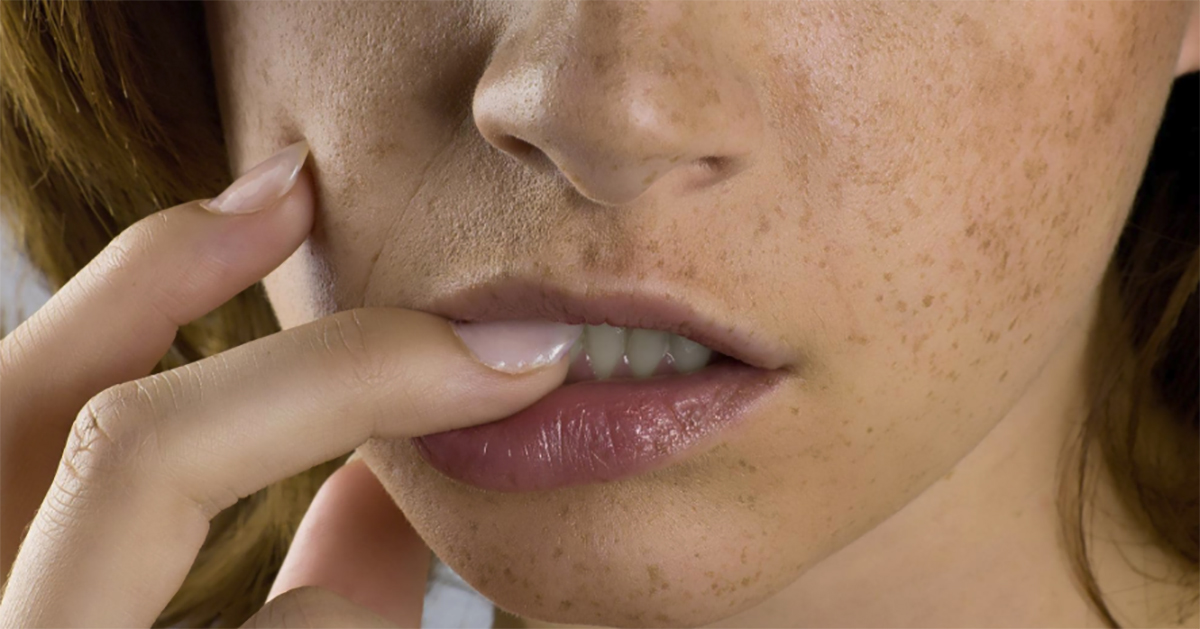What Can Cause A Black Toenail?
Toenails are naturally supposed to be fairly white or clear in color, which means individuals can be certain there's a problem when they suddenly blacken. Black toenails can occur for a surprisingly large number of reasons, ranging in severity from mild to quite serious. Some of the causes of black toenails will go away on their own, while others will linger until treated. If individuals notice one or more of their toenails have recently turned black, it's important for them to see a doctor so they can have the issue properly diagnosed. A few of the causes of a black toenail can be very damaging to a patient's overall health if left untreated. Get to know some of the common causes of black toenails now.
Fungal Infections

Among the most common causes for a black toenail is a fungal infection, of which there are a variety of types. These infections will typically turn an individual's toenails pure white or darker shades of yellow, which may allow them to identify the condition before their toenail blackens completely. It's only when debris builds up around the infection that the toenail turns black. Fungal infections occur in toenails more than any other area of the body because of their surroundings. While wearing shoes and socks is essential to ensure feet remain clean and comfortable, doing so also provides an environment where fungus can thrive. Whenever the skin is warm and moist because of shoes and socks, it's possible for a fungus to develop and cause an infection in the nail. However, individuals can prevent these infections as long as they practice good foot care. This includes making sure fungus is treated promptly as if it's left untreated, the fungus can cause permanent damage to the nail and spread to other areas of the body.
Keep reading for more information on the causes of a black toenail now.
Melanoma

Melanoma is a very aggressive form of cancer that can spread throughout various areas of the body. This form of skin cancer most commonly occurs because of overexposure to the sun. It comes in stages ranging from zero to four, with the most serious being stage four. When a patient has been diagnosed with stage four cancer, this means the melanoma has spread to certain lymph nodes and organs like the liver, brain, or lungs. It's rare for this cancer to cause a black toenail. However, this disease causes dark patches of irregular-looking skin to appear on different areas of the body, and it's possible for one of these dark patches to grow beneath the toenail. It's important, therefore, for individuals to be on the lookout for a black patch under their toenail. Since this cancer can spread to other areas of the body and cause a patient's health to deteriorate, they'll want to have the toenail checked immediately after detection. This form of cancer spreads very slowly, which means patients should be able to treat it while the symptoms are still manageable.
Get familiar with the next cause of black toenails now.
Kidney Disease

Kidney disease can occur in either one or both kidneys. The kidneys are essential for many functions of the body, including urinating and regulating the amount of potassium, salt, and pH levels in the body. When the kidneys have become damaged because of kidney disease, they may be unable to perform the normal functions they're supposed to. The most common type of this disease is chronic kidney disease, which is a long-term issue usually brought about by high blood pressure. The kidneys will continue to worsen until dialysis is necessary. If the kidneys stop functioning altogether, patients may need to obtain a kidney transplant. Because of how many functions the kidneys are used for, the worsening of these functions means certain nitrogenous waste products can build up in areas of the body like the toenails, which causes them to blacken.
Learn more about the causes of black toenails now.
Anemia

Another underlying condition that could be the cause of a black toenail is anemia, which occurs when the body isn't producing the number of red blood cells it's supposed to. This blood disorder is very common and affects well over three million individuals throughout the United States. The main symptoms associated with anemia include pale skin, headaches, and severe chest pains. While anemia on its own isn't always a serious condition, this issue is commonly brought about by the presence of another disease interfering with the body's production of red blood cells. These causes can include everything from ulcers and menstrual bleeding to kidney disease. The symptoms patients will experience when affected by this condition primarily include fatigue, headaches, chest pain, and shortness of breath. The development of a black toenail most often occurs with sickle cell anemia.
Discover more potential causes of a black toenail now.
Trauma To The Toenail

Any type of trauma to the toenail can cause blood to pool below the nail and make them appear black. This trauma could be anything from blunt force trauma to repetitive trauma. Blunt force trauma to the toe can be caused by dropping a heavy object directly onto the foot. The blood vessels within the nail bed will break, which is what leads to the pooling of blood. This will occur almost immediately following the trauma and can also cause inflammation as well as high amounts of pain. Repetitive trauma usually involves wearing shoes that don't fit properly over a lengthy period. If individuals don't have enough room in the toe area of their shoe, every step may cause more trauma to the toe. Bloody blisters may develop below the nail because of this trauma. While the issue may go away on its own, patients should make sure they obtain medical treatment if the nail starts to detach from the nail bed.
Read more about the various causes of black toenails now.
Diabetes

There are a few underlying medical conditions that can cause a black toenail to form, one of which is diabetes. Diabetes occurs when the body doesn't have enough insulin to process sugar. The levels of glucose in the blood build up because the insulin isn't moving the glucose from the blood to the cells, which use glucose as energy. With type 2 diabetes, cells in the body don't respond well to insulin. When the disease reaches later stages, patients might not create enough insulin. In type 1 diabetes, the body isn't able to create insulin of its own. Diabetes can cause many symptoms. It's common for there to be issues with circulation. Diabetic neuropathy in the feet occurs often.
Discover additional causes of black toenails now.
Heart Disease

Heart disease is another underlying medical condition that can cause a black toenail. When there is a blockage in one or more blood vessels in the toes or foot, it can lead the toes themselves to appear purple or blue. A purple or blue netlike pattern under the skin, which may extend under the toenails, can indicate an individual has a blocked artery. If they see blue or purple lines under their nail and don't remember sustaining a nail injury, it may be a good idea to see a doctor, as lines like this can sometimes indicate heart disease. When they're related to heart disease, there tend to be other symptoms as well. Patients may experience an irregular or weak heartbeat, and they may develop a high fever.
Learn more about what can cause a black toenail now.
Skin Tone

A black toenail can be affected by an individual's skin tone. Individuals with dark skin will often have toenails that appear darker. If an individual's toenails have always been dark-colored or black due to their skin tone, they don't need to worry about an underlying medical condition. The only reason to be concerned would be if they have other symptoms, particularly a fever. They may also be concerned if one toenail has become even darker or discolored when compared to the others. If this is the case, individuals may want to have a dermatologist or their general practitioner look at it to make sure they don't have a fungal infection.
Get more details on what can result in a black toenail now.
Changes In Skin Pigmentation Over Time

There are a variety of conditions that can cause changes in skin pigmentation over time. If patches of an individual's skin become darker than others, this can affect the color of their toenails. When this is the case, they'll typically notice darker patches of skin in areas surrounding the toenails or on other portions of the body. Injury, inflammation, and illness can all lead to differences in skin pigmentation. It's also possible for discolored patches of skin to develop because there are varied melanin levels throughout the body. Melanin is responsible for coloring the skin and offers protection from the sun. If the skin overproduces melanin in certain areas, it can lead to spots or patches of discoloration.